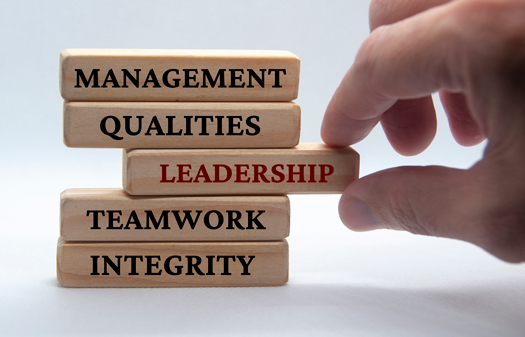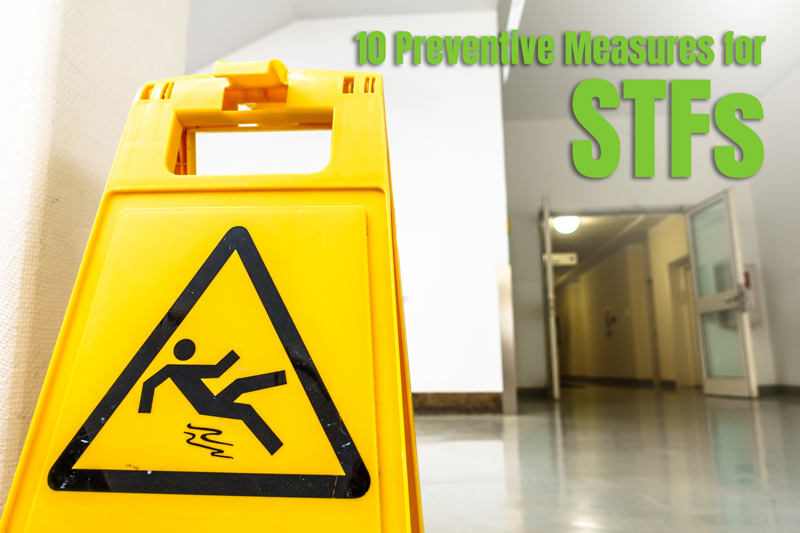
Subscribe To The
Newsletter
Sign up to hear from us about specials, sales, and events.

On April 23, 2024, the US Department of Labor (DOL) released a final rule updating the Fair Labor Standards Act’s (FLSA) overtime pay requirements. This rule introduces significant changes to the salary thresholds for exempt employees, also known as “white collar” workers, and highly compensated employees (HCE). Key Changes Effective July 1, 2024, and January […]
Read More
What is the New Paid Leave Program? Starting in 2026, Minnesota’s new paid leave program allows employees to take paid time off for certain life events like having a baby, adopting a child, or dealing with serious health conditions. This program aims to help employees balance their work and personal lives better. An employee is […]
Read More
What is Strengths-based Leadership? Strengths-based leadership is the ability to identify and make the best use of your own and your team members’ strengths. This doesn’t mean that you, or your team, should avoid learning new skills. But you should feel able to delegate tasks that you’re not so good at to others who are […]
Read More
STFs can happen due to various factors, including wet or slippery floors, uneven surfaces, inadequate lighting, cluttered walkways, loose cables, and improper footwear. While some of these factors may seem minor, they can pose serious risks to employees, visitors, and customers if not addressed effectively. Preventive measures are crucial for businesses to mitigate the risk […]
Read More


